

NEW
States › Pondicherry › Festival › Adi Amavasi Festival
Adi Amavasi Festival Pondicherry
The arrival of new moon has always fascinated humans for as long as memory serves. Stories and legends have been inspired from it, while it has been associated with numerous superstitions. The new moon has different meanings for different religions and tribes. The Adi Amavasi which is celebrated in Pondicherry also has its own uniqueness. According to the Tamil calendar, the two most important new moon days in a year which hold utmost significance for them is the Thai Amavasi and Adi Amavasi. Of these, the Adi Amavasi in Pondicherry is observed from the middle of January to the middle of July. Adi Amavasi that translates to New Moon Day, is observed in the Tamil month of Adi, which according to the Gregorian calendar, is the period between mid-July and mid-August.
On this day, prayers are offered to one’s ancestors in the hope of receiving their blessings and freeing them from any kind of suffering. Feeding of poor people is also common on this day, since its considered to be the highest form of charity. The prayers which are offered to the ancestors, along with all the other rituals and traditions, is collectively known as “Tarpanam”. Everybody is expected to perform Tarpanam for a blessed future, peace and happiness. As part of the Tarpanam ritual, devotees are also expected to take a holy dip in the nearest holy rivers to cleanse themselves of any sins and impurities.
A fast or a partial fast (consisting of a single meal in the day) is also observed as mark of respect towards one’s ancestors. However, no pooja is considered complete unless a devotee feeds a cow with “Agathi” leaves or spinach. It is commonly believed, according to Hindu scriptures and traditions, that feeding a cow liberates the soul of one’s ancestors and helps them escape the cycle of life and death.
Celebration Dates/Month
Aadi Amavasi is the New Moon Day which occurs in the Tamil month of Aadi, the Gregorian equivalent of which is the period between mid-July and mid-August.
Special Highlights/Rituals of the Festival
- This day is marked by offering prayers to one’s ancestors.
- Feeding the poor is also considered necessary for attaining salvation
- Devotees also take a dip in the holy river.
- Devotees feed a cow with “Agathi” leaves or spinach.



















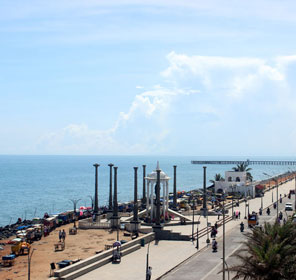
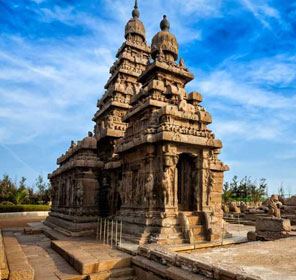
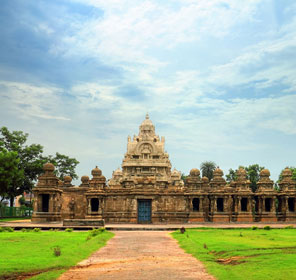







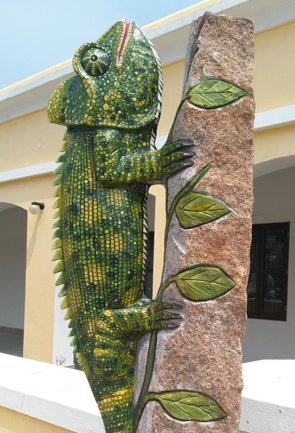

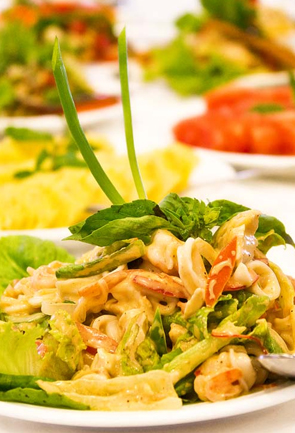






 Plan Trip
Plan Trip Call Us
Call Us Packages
Packages Home
Home